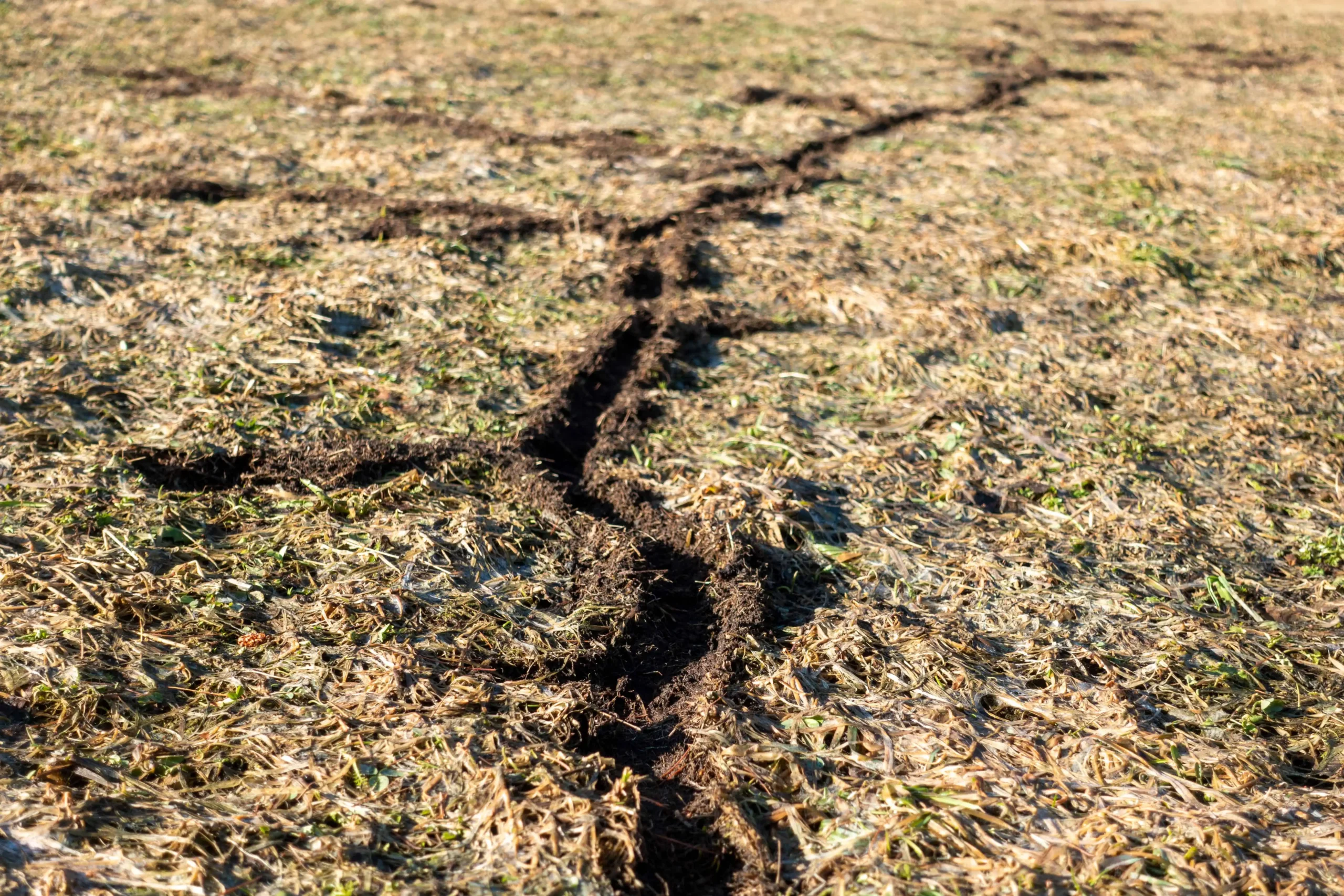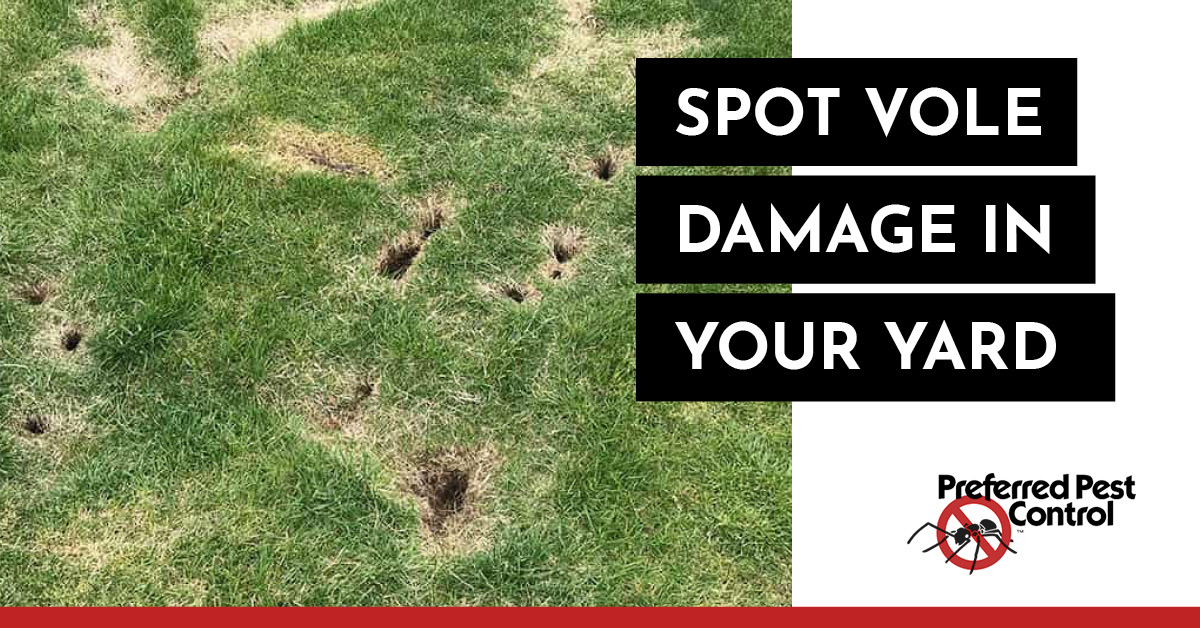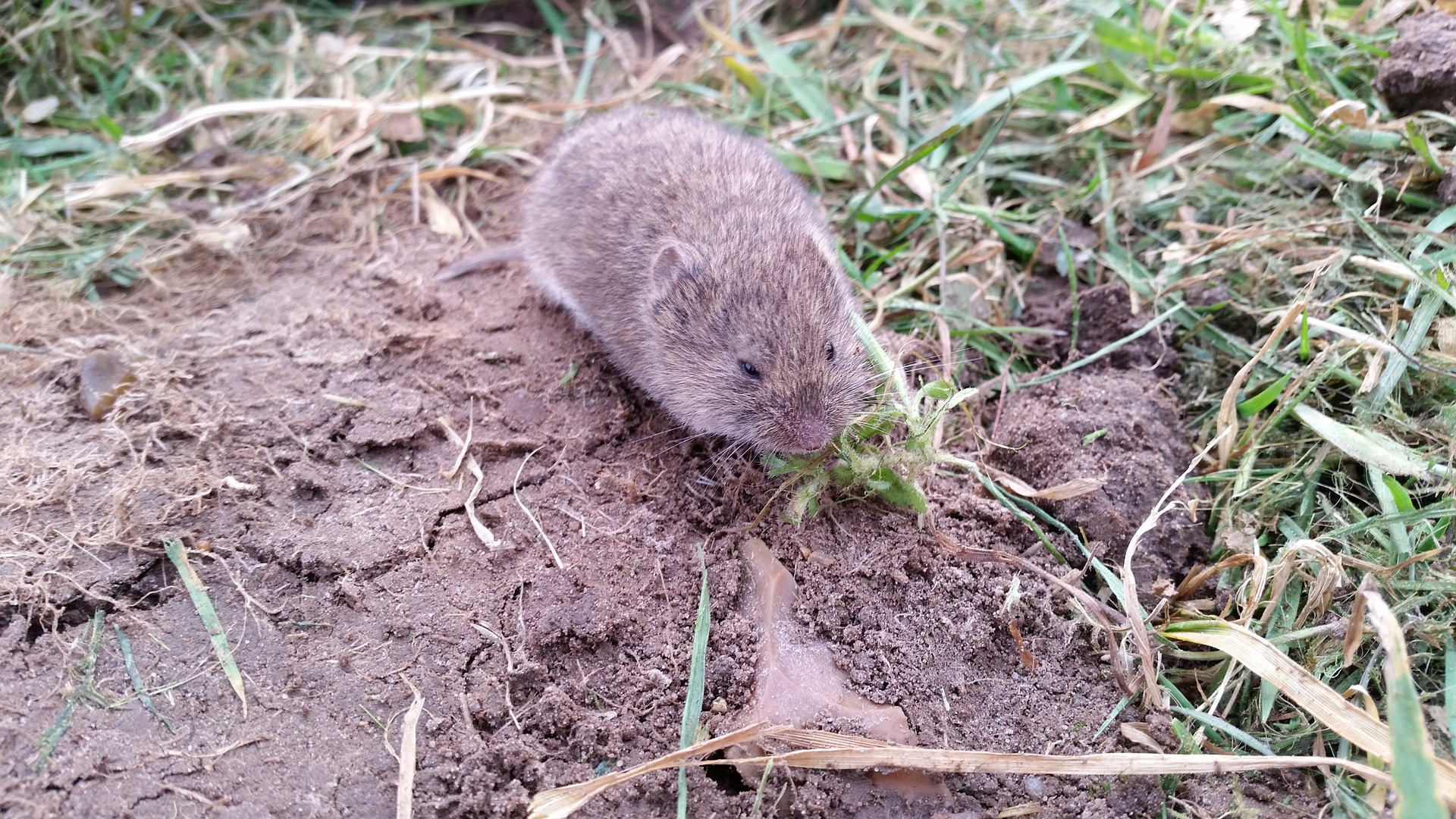Protect Your Utah Property: Advanced Vole Control Techniques
Protect Your Utah Property: Advanced Vole Control Techniques
Blog Article
The Ultimate Handbook for Vole Insect Control: Specialist Tips on Problem Management and Treatment
Within the world of pest control, vole infestations present an unique obstacle that requires a calculated approach. As we delve into the elaborate world of handling vole invasions, a wealth of specialist pointers and therapy choices awaits those looking to redeem their areas from these persistent pests.
Recognizing Vole Infestations
When examining for vole infestations, eager monitoring of certain signs such as paths and delve systems is essential for accurate recognition. Voles, little rodents looking like computer mice, are recognized for the substantial network of surface area paths they develop in turf or compost. These runways normally have a width of about two inches and are maintained clear of debris by the voles' constant use. In addition, vole burrow systems are an additional crucial sign of problem. These tunnel entries are roughly 1.5 inches in size and lead to superficial tunnels that house nests and offer defense for the voles.

Avoidance Strategies for Voles
Efficient prevention techniques for vole infestations entail executing aggressive steps to hinder these little rats from causing damage to outside spaces. In addition, regularly keeping and cutting the grass grass trimmed short can discourage voles from establishing nests.

Furthermore, preserving a clean garden with correct spacing in between plants can help reduce vole-friendly habitats. Avoid overwatering your lawn or garden beds, as voles are attracted to moist settings. By executing these prevention approaches, you can successfully hinder voles and safeguard your outdoor rooms from problems.
Reliable Entraping Methods
Carrying out tactical capturing strategies is crucial in properly managing vole populaces and decreasing damages to outside spaces. When establishing catches for voles, it is necessary to put them in active runways or delve entries. Voles are recognized to adhere to particular paths continuously, making these prime places for trapping success. One reliable capturing technique is the use of breeze traps, which are designed visit the site to promptly and humanely kill voles upon activation. These traps need to be inspected on a regular basis and reset as needed to ensure continual vole control. Furthermore, live catches can be utilized for those that prefer to release voles in other places after capture. When utilizing live catches, it is very important to transfer the caught voles much from the trapping site to prevent their return. By employing a mix of snap catches and live traps purposefully, property owners can effectively minimize vole populations and secure their exterior areas from further damages.
Natural and Chemical Therapy Options
To successfully manage vole populations and alleviate damages in exterior environments, exploring all-natural and chemical treatment options is vital. All-natural treatments use environmentally pleasant solutions that can help control vole invasions without triggering damage to various other wild animals or plants. Growing vole-resistant plant life go to this web-site like daffodils, fritillaries, or crown imperials can hinder voles from invading backyards or yards. In addition, developing obstacles with materials such as gravel or cable mesh can limit vole accessibility to susceptible locations.
Rodenticides containing zinc phosphide or anticoagulants like bromadiolone can be tactically placed in vole runways or delve entryways. By integrating natural and chemical treatment choices deliberately, vole infestations can be taken care of efficiently while minimizing ecological impact.
Preserving a Vole-Free Setting

Executing natural vole repellents like castor oil-based items or predator urine can additionally help in discouraging voles from invading your property. These repellents function by producing an unfavorable environment for voles, encouraging them to seek shelter elsewhere. By including these precautionary measures and keeping an attentive method to vole control, you can create a vole-free setting that dissuades problems and promotes lasting parasite management success.
Final Thought
In conclusion, effective vole insect control calls for a combination of recognizing invasions, applying prevention approaches, utilizing reliable trapping methods, and considering chemical or all-natural look at this now treatment alternatives. By preserving a vole-free setting through these approaches, homeowners can successfully take care of and minimize vole populaces on their residential or commercial property - vole yard damage. It is necessary to regularly monitor for indicators of invasion and take positive actions to avoid future vole issues
By properly identifying vole problems early on, ideal pest control actions can be implemented immediately to mitigate possible damage to grass, plants, and yards.
Having established methods to resolve vole invasions with all-natural and chemical therapies, the focus now shifts to maintaining a vole-free atmosphere for long-term insect control.Implementing all-natural vole repellents like castor oil-based items or predator pee can additionally assist in preventing voles from attacking your property. By including these preventative actions and keeping a watchful strategy to vole control, you can create a vole-free environment that dissuades problems and advertises long-term pest management success.
In verdict, effective vole insect control requires a mix of determining invasions, implementing avoidance methods, using efficient trapping methods, and considering chemical or all-natural treatment alternatives.
Report this page